
When it comes to loading a dishwasher with dirty dishes, many people simply put them in without giving much thought to doing so in an orderly way. While your dishes are likely to come out mostly clean when you do this, there is a simple process you can use when loading your dishwasher to ensure they come out sparkling clean every time.
In this guide, we are going to give you some tips for how to load the top and lower racks and then finish with some general tips for how to ensure your dishwasher can do its job properly.
Let’s start with loading the top rack.
How to load the top rack of a dishwasher
The top rack is the best place to wash dirty dishes like cups, utensils, glasses, plastic containers, small bowls, and plates since the top racks are designed specifically for items like this.
Here are our best tips for loading the top rack:
- Place all your cups and non-wine glasses upside down on the sides of the top rack. Once the side is full, place the fold-down shelf down over the top of them. You can then place wine glasses into the dishwasher and secure them in the stemware holders on the shelf.
- If you have large utensils or other small flat items, you can place them on the shelf.
- Stack all of your plates and bowls in the tines. Make sure you angle them facing downward so they wash properly. You can also place plastic containers and lids in the same space as long as they are dishwasher-safe. The top rack is the best place for all plastic items as the heating element is located at the bottom of the dishwasher and can sometimes damage the plastic items when it gets hot.
- You can also place large utensils on the top rack (if they don’t fit on the shelf). Just make sure they are securely in position, so they don’t fall through the rack or block the spray arm from being able to operate.
How to load the bottom rack of a dishwasher
The bottom rack is where you should put dishes like large plates, platters, silverware, pots, and large bowls. It’s also where the cutlery basket is located.
Here are our tips for loading the bottom rack:
- Stack all plates and bowls between the tines on the bottom rack. Make sure the dirty sides of the dishes are facing the jets and are on an angle. It’s also worth making sure the dishes aren’t stacked too densely so there’s plenty of space for water to go in between them.
- Stack large bowls along the side of the bottom rack. Make sure the bowls are facing down.
- Stack large pots, pans, and serving dishes along the sides of the lower rack. Make sure they are on a slight angle so they wash properly.
- Stack any flat pans or large platters at the back of the dishwasher. This will ensure they don’t prevent the detergent drawer from opening.
- Finally, load the cutlery basket with your dirty cutlery. Make sure you place the knives in the basket with the blades down to prevent accidentally cutting yourself, and the spoons and forks the right way up so they can clean properly. Also, make sure you don’t overfill the cutlery basket as this will prevent the items from being able to be washed correctly.
- Once your dishwasher is loaded correctly, fill the detergent dispenser with detergent and turn it on to a wash cycle!
Tips for cleaner dishes
Here are our tried and tested dishwasher loading tips.
- Stack dishes on an angle
Make sure you stack your dirty dishes at an angle, so they are facing downwards. This will help them to clean and dry properly. It’s also a good idea when stacking plates to put smaller plates in between larger plates so there’s more space for water to spray on them.
- Don’t overfill your dishwasher
Make sure there is enough space between your dirty dishes so they can clean properly. This will also prevent the spray arms from getting blocked or impeded. Pay special attention to bowls as they need to be properly stacked to wash correctly.
- Use the tines
The tines are the little dividers that you place your plates and other dishes into so they are kept separate. The upper and lower racks have different-sized tines so make sure you place your dishes in the right places. For example, small plates on the top rack and large plates on the bottom rack. Some dishwashers also have foldable tines that can be adjusted when stacking your dishwasher.
- Don’t pre-rinse dishes
Lots of people pre-rinse their dishes to the point they are effectively clean before placing them in the dishwasher. While you need to remove large food particles from your dishes you don’t pre-rinse them as the detergent is designed to remove food debris, meaning there isn’t any need to pre-rinse them.
- Make sure the spray arms aren’t blocked
Always make sure the spray arms aren’t blocked. When they are impeded from operating correctly, water won’t be able to properly spray around your dishwasher and your dishes will come out dirty. Pay special attention to utensils to make sure they are secure as they often move around during the wash cycle.
- Make sure your dishes are dishwasher safe
Always be careful to only put dishwasher safe dishes into your dishwasher. Most plastic containers will have an indicator on them or instructions to let you know if they are dishwasher safe. Other items to be careful with include non-stick cookware, knives, fine china, glassware, wooden items, and silverware. When these items go through a wash cycle the high heat can break them or bend them out of shape. If unsure about any item, play it safe and wash by hand.

How to Reset a Whirlpool Refrigerator Ice Maker
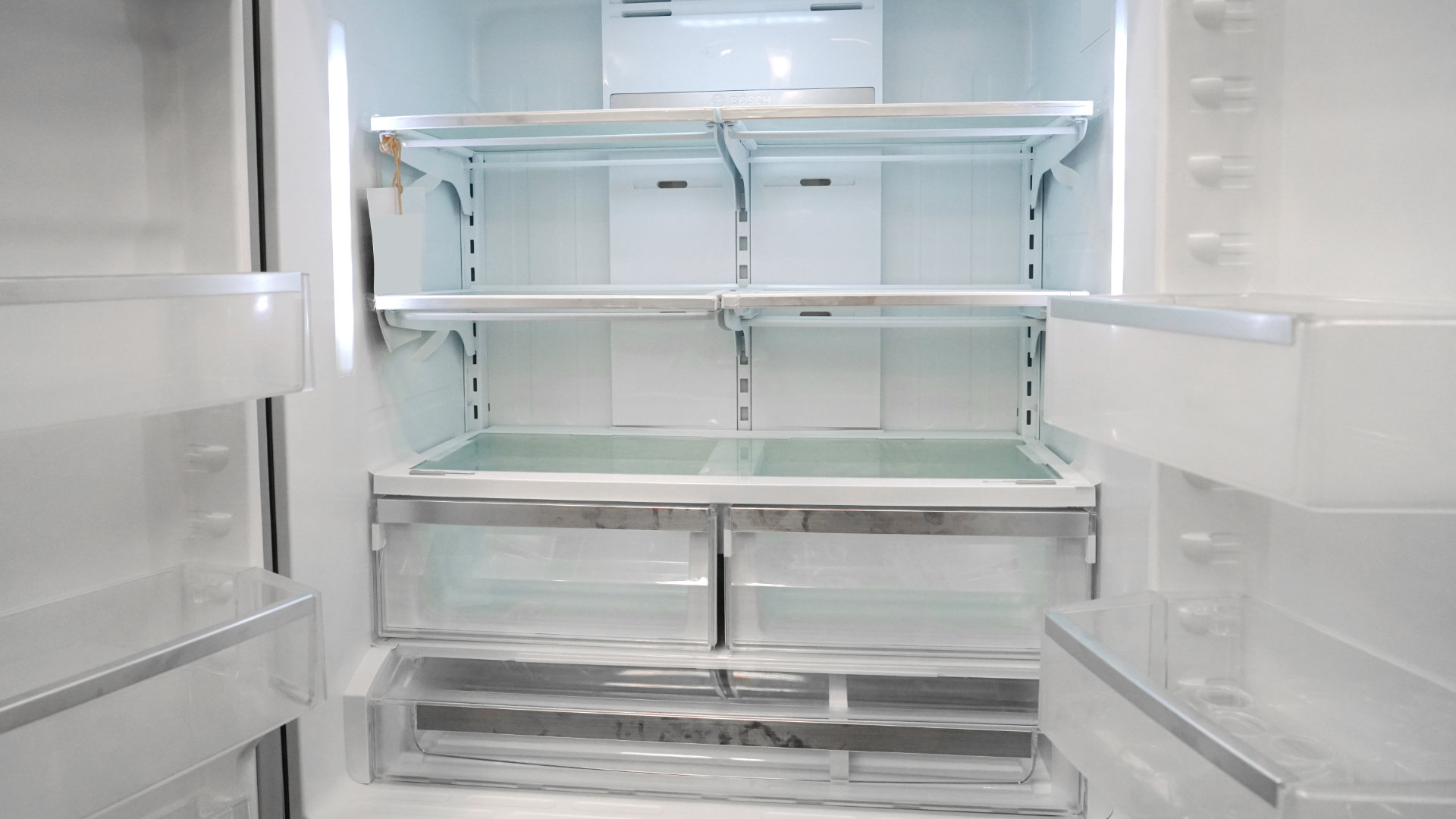
6 Reasons Your LG Refrigerator Is Not Making Ice

Kenmore Fridge Ice Maker Not Working? 5 Ways to Fix It
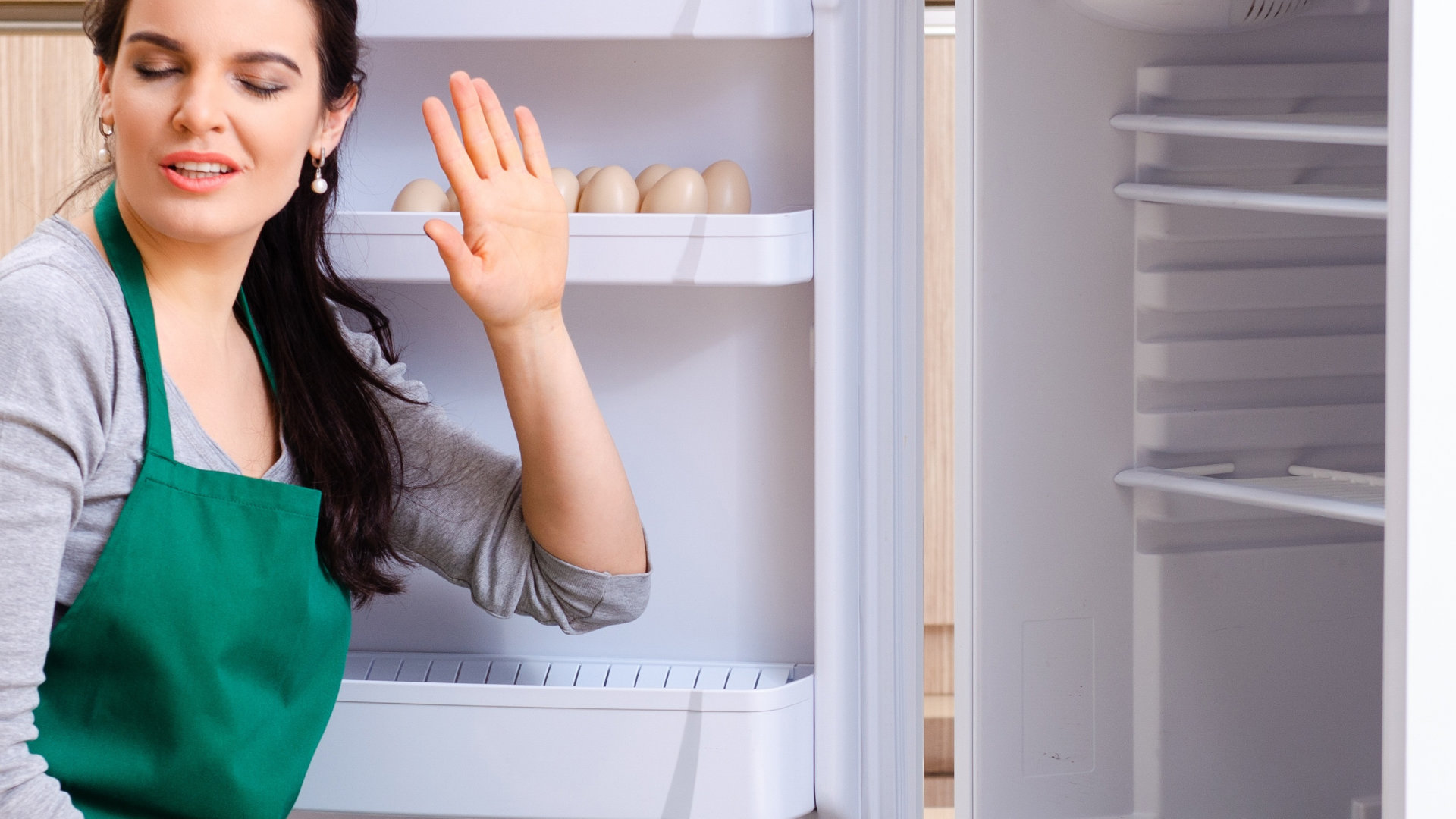
How to Remove Fish Smell from Your Refrigerator
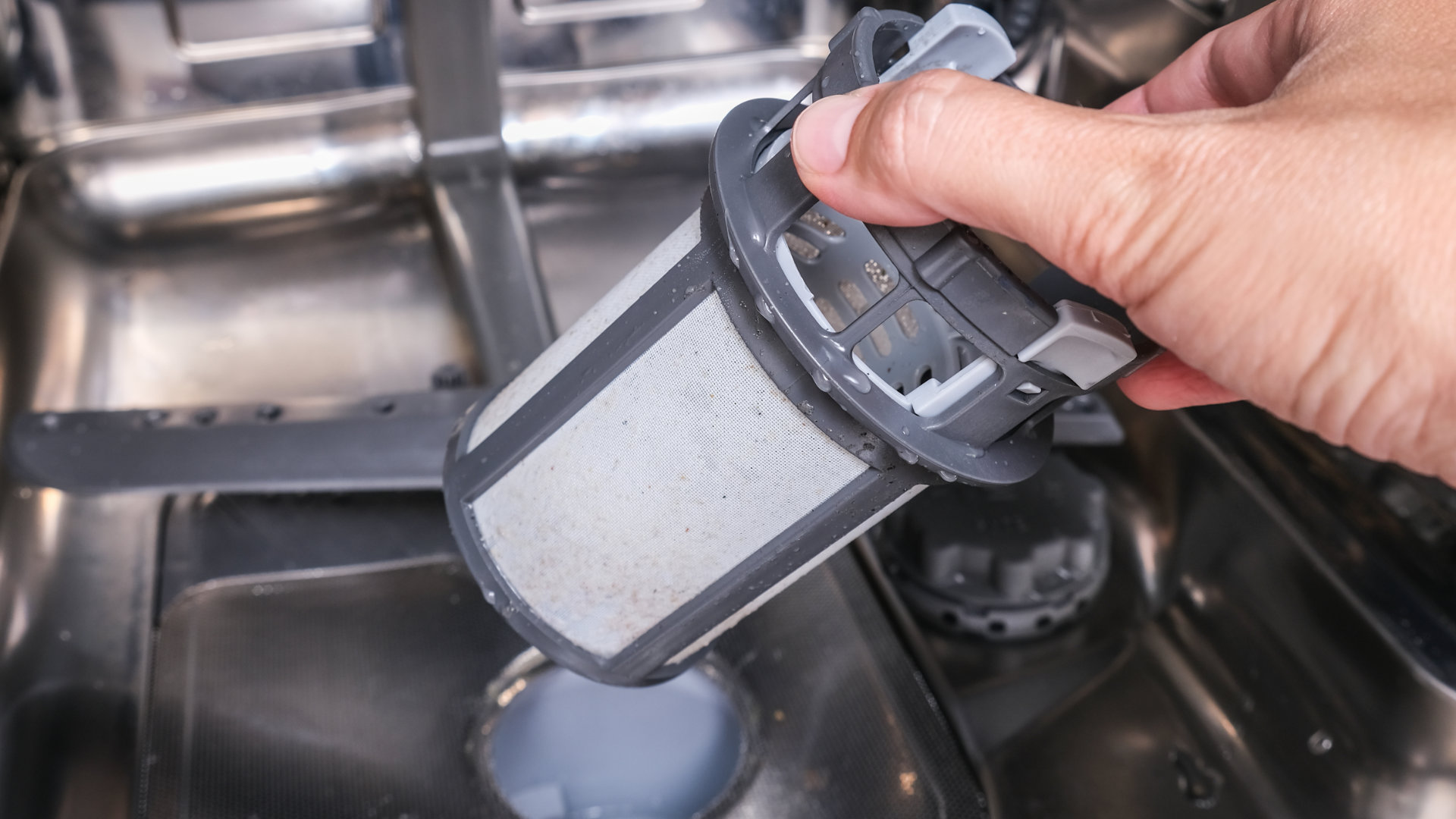
How To Fix Bosch Dishwasher E24 Error
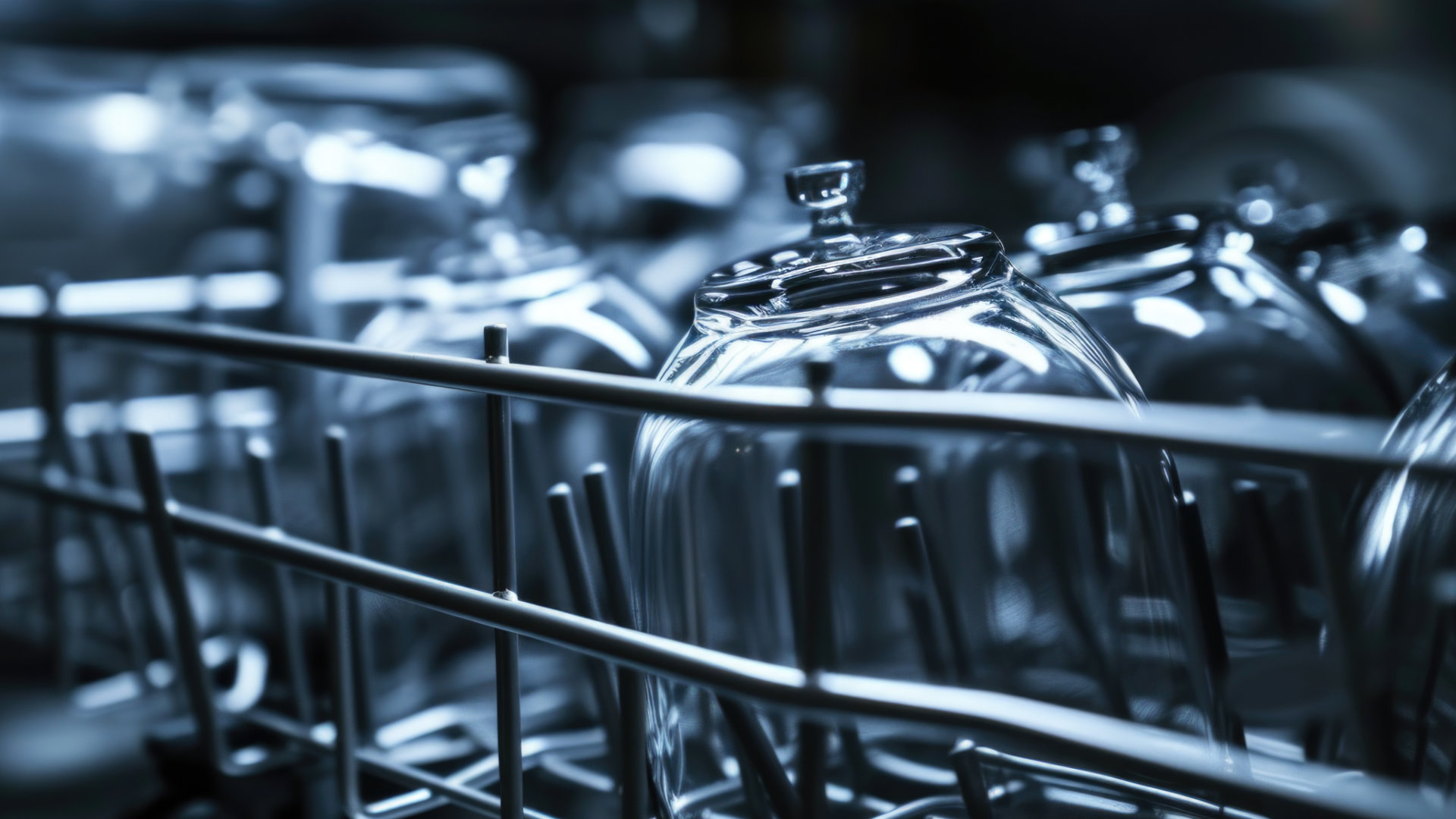
Troubleshooting a Whirlpool Dishwasher Not Draining

Why Is Your Fridge Water Not Working, but Ice Is?

How to Fix the E15 Bosch Dishwasher Error Code

How Much Power Does a Microwave Use?

How to Properly Clean Refrigerator Coils
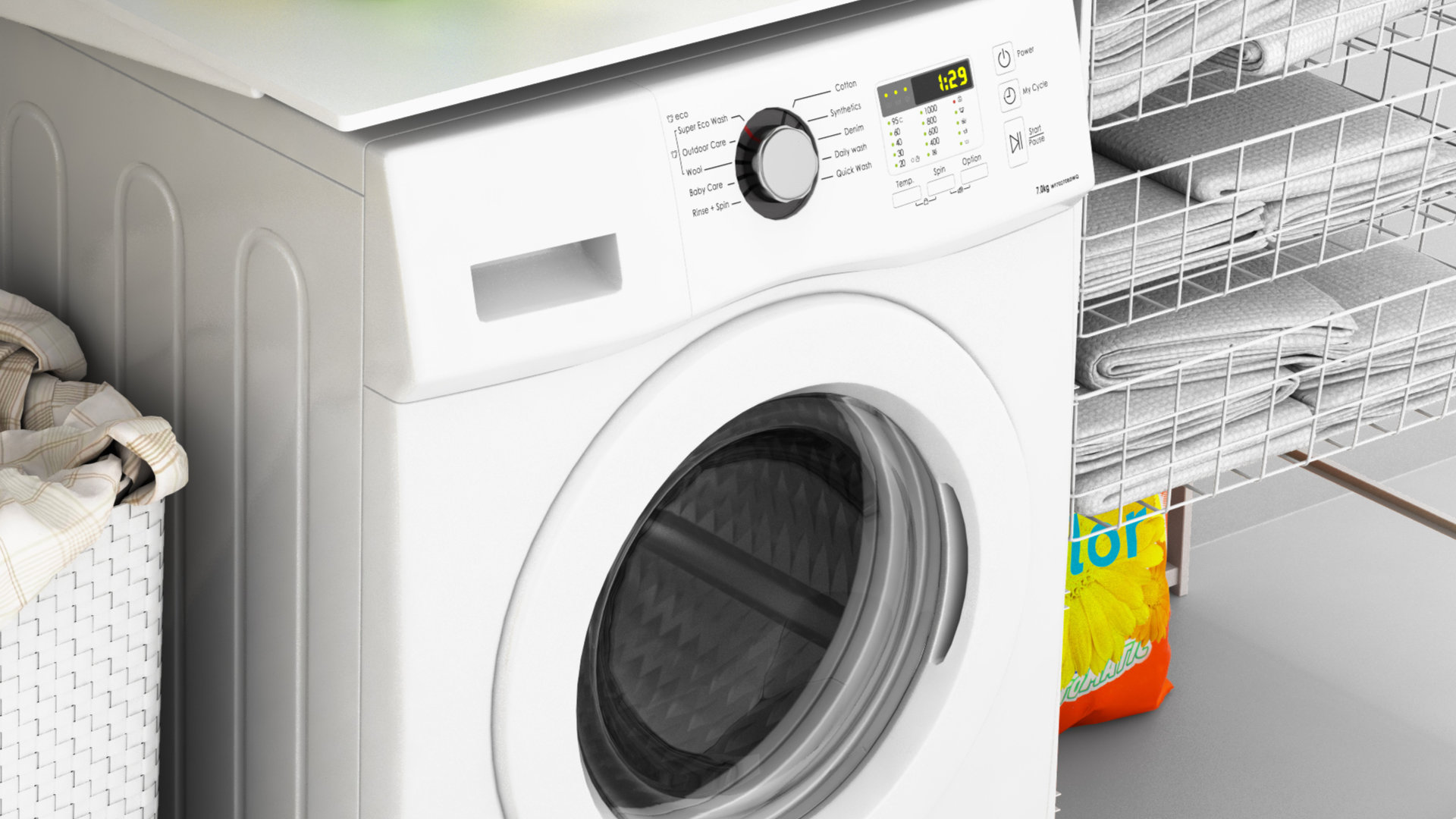
How to Fix an LG Washer Showing OE Error Code

Troubleshooting a GE Dishwasher with No Power and No Lights

10 Reasons Why Your Bosch Dishwasher Won’t Start

Troubleshooting the F5 Error Code with a Maytag Washer


